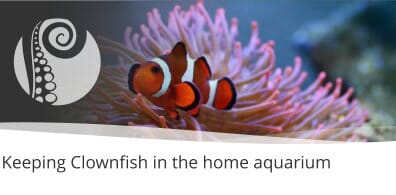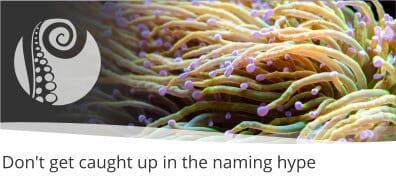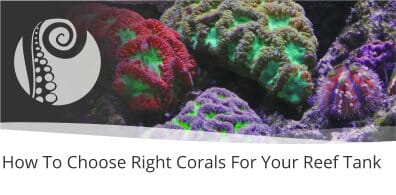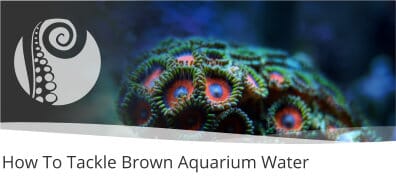Tackling Hair Algae | Kraken Corals

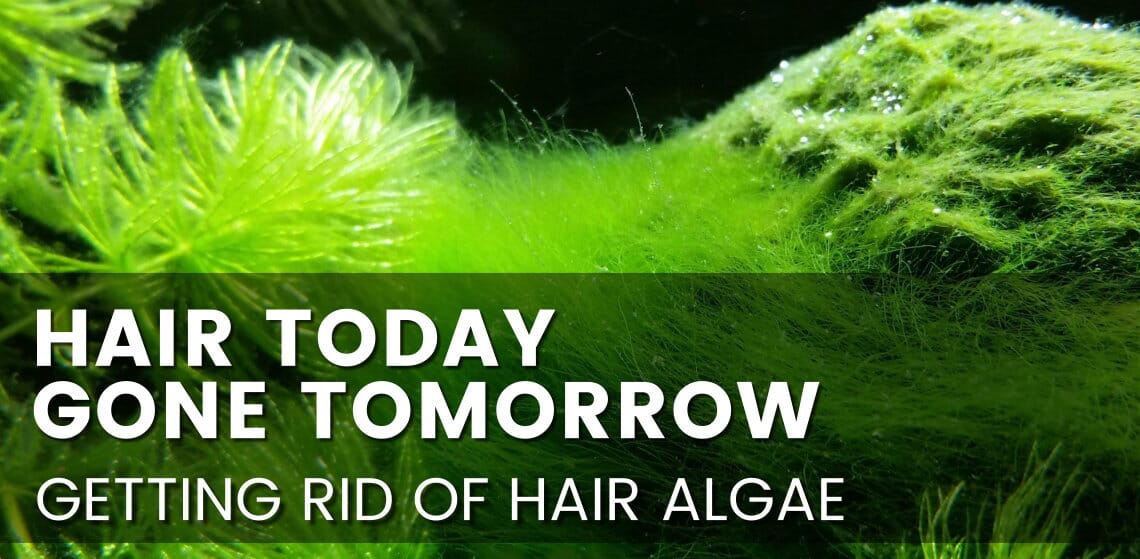
Hair today, gone tomorrow
At some point or another each and every reefer will have come across a hair algae issue. Once green hair algae (GHA) gets established in your tank it can soon cover everything smothering corals and generally looking unsightly.
Will more clean up crew remove GHA? Well in our experience NO, some clean up crew will have a nibble on GHA especially when it’s shorter in length but generally they are not going to help if you have an abundance of nuisance algae.
A sea hare may indeed help get your algae levels down but ultimately we need to tackle the source of the problem.
Will certain fish help remove GHA? Well its certainly true that some fish such as small tangs and blennies will indeed munch and graze on algae unfortunately like clean-up crew they will not keep an abundance of algae under control.
Fixing the problem
The Key to any success in the reef hobby especially on a stubborn problem like GHA is Patience and you’re going to need lots of it to successfully achieve a reef that’s clean and clear of algae.
Let’s understand why we have the algae in the first place so we can deal with the removal.
Primarily the reason the algae is there and flourishing is because of a plentiful food source to grow. Algae feed from the light, phosphates & nitrates. Let’s tackle these issues one at a time.
Lighting
Your lights want to be on in a similar photo period to natural daylight which is around 8hrs. Any more than this and you may be encouraging unwanted hair algae. Many people also suggest reducing the red and green spectrums if you’re able to do so on your light to help reduce algae growth.
Nitrates
As GHA grows it uses nitrates and phosphates, so when testing for these you may find you have an amazingly low amount of Nitrates and Phosphates showing on your test. DON’T TRUST IT… if you have hair algae then you definitely have a phosphate / nitrate problem, its just masked by the algae’s uptake of this plentiful food source.
Nitrates generally come from a build-up of dirt and detritus in your system so here are ways we advise on nitrate reduction.Additional water changes whilst tackling GHA, instead of once a week do, twice a week changes. Cut down on feeding, look at how much you’re feeding those fish. Is it too much? Fish can go a day or two a week without food and will pick at copepods and algae in a more natural way if they are fed a little less.
Do you have sponges in your sump or external filters? These can harbour nitrates and dirt and contribute to that load, consider cleaning them or ideally replacing them for filter floss which can be thrown away easily each water change. Do not remove all filter sponges in one go as this could affect you biological load.
As you do water changes try and syphon out as much of the algae as you can and make it part of your routine, even when the algae has gone to remove dirt and detritus from your rocks by blasting them with a powerhead or using a turkey baster, you will be surprised how much dirt is hiding in there, this is like fertilizer to the hair algae.
If its possible to remove your rocks consider taking them out and scrubbing them with a toothbrush in a bucket of old tank water to remove as much dirt and algae as you can.
In Summary
1. Don’t overfeed
2. Use only RO/DI water for salt mix / top ups
3. Clean rockwork
4. Perform additional water changes
Phosphates
The other main food source for the GHA is phosphate, Phosphate is introduced into your tank in many ways. It enters from poor water so ensure your using high quality RODI, and feeding.
Reducing phosphates is fairly straight forward however if you have hair algae then there is a chance that there is phosphate bound into your rock structure, as you remove phosphates from the water additional phosphates may leech from your rockwork, so it’s going to take some time, patience and persistence to get on top of the situation.
To aid in the removal of Phosphates from the water there are a number of commercially available products.
Rowaphos (gfo) is a simple to use product, placed in a bag or reactor it will absorb as much phosphate as it can as fast as it can, if you have hair algae you would be wise to use a small amount but often as it can expire quickly. Changing your rowaphos weekly for several weeks will help dramatically with your GHA issues.
There are other phosphate products such as Quantum Phosphate remover which is a fast acting liquid phosphate remover you can add daily to reduce phosphates or to keep phosphates levels low.
It’s important to keep on top of your phosphate levels once your GHA has been cleared so that you don’t get the algae issues returning.
The death of the Green Hair Algae
Once you are on top of your maintenance routine for removing nitrates, and you have your phosphates down to a good level you will find the hair algae withers and dies or doesn’t return if you have syphoned it off the rocks. There are ways however of speeding up the removal of the algae which we have tried over the years.
1. Syphon out the hair algae.
2. Scrub rocks in a bucket of old tank water
3. Remove rocks from tank and use a hydrogen peroxide dip which kills the algae
4. Use products such as FLUX RX, which is primarily used to kill Bryopsis algae but after a week or so will also kill hair algae.
The peroxide and fluxRX method of killing hair algae is fast acting but unless you’re on top of your nitrate and phosphate levels it will grow back. It’s a good way of rapidly removing the algae as long as you’re able to clean all the rocks of detritus and get on top of the phosphates feeding the algae.
Hopefully the above will help you on a road to a healthy hair algae free tank.

